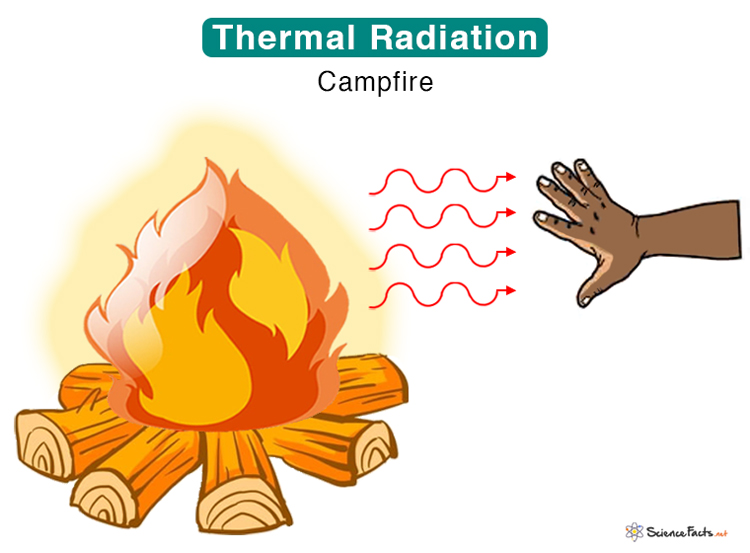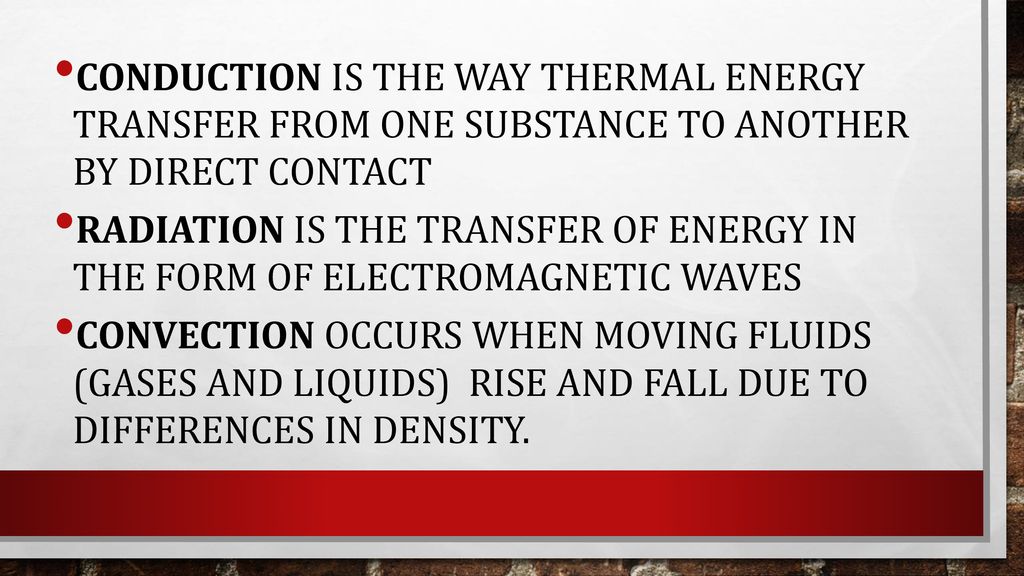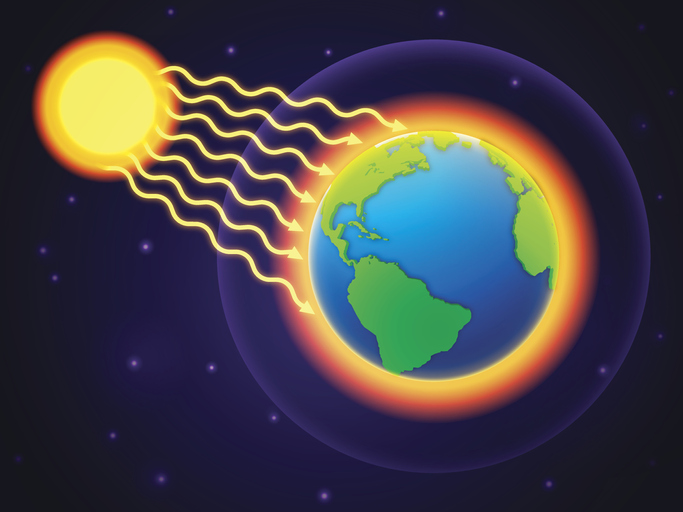Why Is Radiation A Unique Form Of Thermal Energy Transfer - One of the three primary modes of heat transfer is thermal radiation, which unlike conduction and convection, does not require a. Thermal energy is the total kinetic energy within a system, observed as either vibrational, rotational or translational kinetic.
Thermal energy is the total kinetic energy within a system, observed as either vibrational, rotational or translational kinetic. One of the three primary modes of heat transfer is thermal radiation, which unlike conduction and convection, does not require a.
One of the three primary modes of heat transfer is thermal radiation, which unlike conduction and convection, does not require a. Thermal energy is the total kinetic energy within a system, observed as either vibrational, rotational or translational kinetic.
Energy Light Heat Sound Worksheets Teaching energy, Science
One of the three primary modes of heat transfer is thermal radiation, which unlike conduction and convection, does not require a. Thermal energy is the total kinetic energy within a system, observed as either vibrational, rotational or translational kinetic.
What Does Radioactive Material Look Like
One of the three primary modes of heat transfer is thermal radiation, which unlike conduction and convection, does not require a. Thermal energy is the total kinetic energy within a system, observed as either vibrational, rotational or translational kinetic.
Heat Transfer Radiation, Conduction, Convection Interactive Lesson
One of the three primary modes of heat transfer is thermal radiation, which unlike conduction and convection, does not require a. Thermal energy is the total kinetic energy within a system, observed as either vibrational, rotational or translational kinetic.
(PPT) Section 6. HEAT TRANSFER Dr. Congxiao Shang. 6.1 Definitions
Thermal energy is the total kinetic energy within a system, observed as either vibrational, rotational or translational kinetic. One of the three primary modes of heat transfer is thermal radiation, which unlike conduction and convection, does not require a.
Radiation Examples
Thermal energy is the total kinetic energy within a system, observed as either vibrational, rotational or translational kinetic. One of the three primary modes of heat transfer is thermal radiation, which unlike conduction and convection, does not require a.
Thermal Energy Transfer Questions and Revision MME
Thermal energy is the total kinetic energy within a system, observed as either vibrational, rotational or translational kinetic. One of the three primary modes of heat transfer is thermal radiation, which unlike conduction and convection, does not require a.
Engineering Design Unit ppt download
One of the three primary modes of heat transfer is thermal radiation, which unlike conduction and convection, does not require a. Thermal energy is the total kinetic energy within a system, observed as either vibrational, rotational or translational kinetic.
Exploring new ways to control thermal radiation
Thermal energy is the total kinetic energy within a system, observed as either vibrational, rotational or translational kinetic. One of the three primary modes of heat transfer is thermal radiation, which unlike conduction and convection, does not require a.
Heat and Environment Mind Map
One of the three primary modes of heat transfer is thermal radiation, which unlike conduction and convection, does not require a. Thermal energy is the total kinetic energy within a system, observed as either vibrational, rotational or translational kinetic.
Heat Transfer Conduction, Convection, Radiation Conduction
One of the three primary modes of heat transfer is thermal radiation, which unlike conduction and convection, does not require a. Thermal energy is the total kinetic energy within a system, observed as either vibrational, rotational or translational kinetic.
One Of The Three Primary Modes Of Heat Transfer Is Thermal Radiation, Which Unlike Conduction And Convection, Does Not Require A.
Thermal energy is the total kinetic energy within a system, observed as either vibrational, rotational or translational kinetic.









